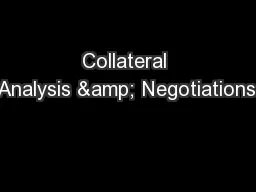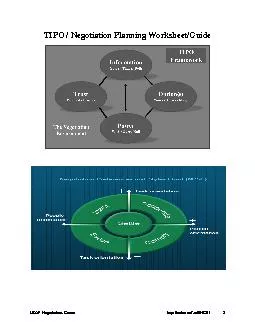PPT-Collateral Analysis & Negotiations:
Author : cheryl-pisano | Published Date : 2015-11-09
An Actuarys Perspective Aon Global Risk Consulting Ron Schuler FCAS MAAA Associate Director amp Actuary ronschuleraoncom Overview At a minimum the process of estimating
Presentation Embed Code
Download Presentation
Download Presentation The PPT/PDF document "Collateral Analysis & Negotiations:" is the property of its rightful owner. Permission is granted to download and print the materials on this website for personal, non-commercial use only, and to display it on your personal computer provided you do not modify the materials and that you retain all copyright notices contained in the materials. By downloading content from our website, you accept the terms of this agreement.
Collateral Analysis & Negotiations:: Transcript
Download Rules Of Document
"Collateral Analysis & Negotiations:"The content belongs to its owner. You may download and print it for personal use, without modification, and keep all copyright notices. By downloading, you agree to these terms.
Related Documents














